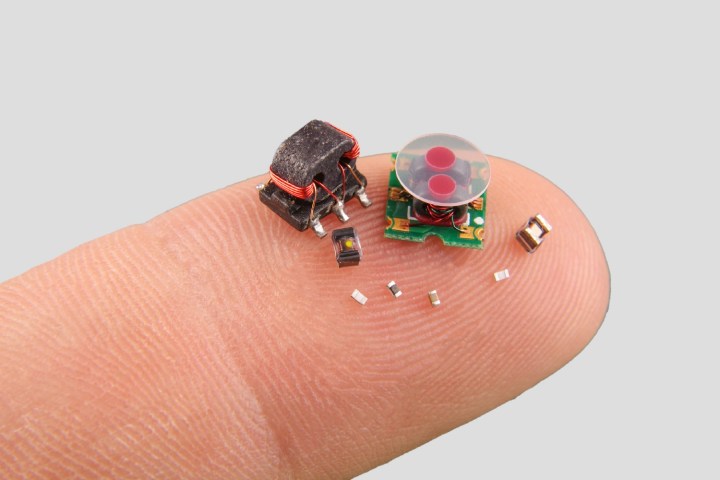
With an invention history that can claim a pioneering role in the development of the internet, Siri, GPS and other world-changing inventions, the U.S. government agency known as DARPA (Defense Advanced Research Projects Agency) has always thought big. Until now, at least. With its new SHRIMP program, DARPA is suddenly thinking very small indeed — and that’s really exciting.
The SHRIMP program — short for SHort-Range Independent Microrobotic Platforms — is an effort to develop new insect-scale robots for operating in environments where much larger robots may be less effective. In the tradition of its DARPA Grand Challenges, the organization is seeking proposals for suitable robots, in this case ones that weigh less than a gram and are smaller than one cubic centimeter. The selected micro-bots will then compete against one another in a “series of Olympic-themed competitions,” including categories like rock piling, steeplechase, vertical ascent, shot put, weightlifting and more.
“Overall, this program is seeking innovations in actuator materials, actuator mechanisms, and compact power systems to enable untethered mm-to-cm scale robotics,” Dr. Ronald Polcawich, the DARPA program manager who is leading SHRIMP, told Digital Trends. “The competition at the end of Phase 3 of the program, which is slated for the 2021 time frame, serves as a way of evaluating the technologies to be developed within the program.”
The hope is to develop tools which can be used in fields like emergency search and rescue, disaster relief, and hazardous environment inspection. The foundational research could also be used for things like steerable optics and prosthetics. With these kinds of serious goals in mind, DARPA is investing some serious cash in this initiative. In total, it’s spending $32 million in funding, which will be spread across the various projects falling under the SHRIMP banner.
“The DoD (Department of Defense) has interests in robotics of all scales,” Polcawich continued. “The development of small-scale robots requires addressing several unique challenges, especially in the area of extreme size and weight constraints that can be less of a priority for robots of other scales. In particular, SHRIMP is focused on innovations in both actuator materials and compact power systems, which have been highlighted as limiting the current performance in existing research activities in mm-to-cm scale robots.”


